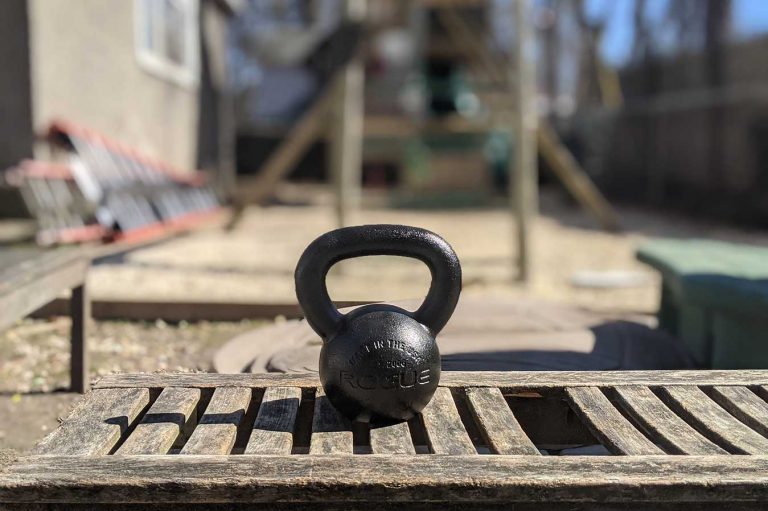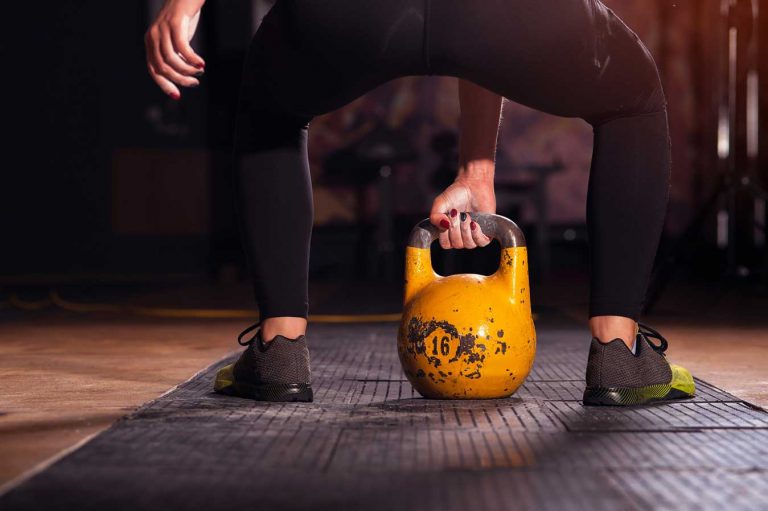News From ChicagoTribune.com
“Kettlebell flow has become a hot fitness trend, and there’s a reason for that – the popular workout is a versatile, simple, full-body, fast and incredibly effective way to make the most of precious time at the gym. Its many benefits are the reason it has become the latest craze in using functional moves and unconventional tools to get and stay fit.”
Kettlebell Krusher’s Take:
What Exactly is a Kettlebell Flow?
Kettlebell exercises are pretty effective on their own. When you first start using kettlebells it is important to have proper form and movement. Once the basics have been mastered, you can then chain these exercises together to give your body a punishing but rewarding workout. This is essentially what kettlebell flow is.
The general consensus on what defines a kettlebell flow is as such: a combination of two or more kettlebell exercises performed in one continuous pattern. Normally you’d want to perform sets of one kettlebell exercise and then rest for 10-30 seconds. Kettlebell flow doesn’t necessarily exclude rest periods, but they are far more infrequent than when doing individual exercises.
This Example Shows the Intensity of Kettlebell Flow
The video below shows several kettlebell exercises that smoothly transition from one to the next. Check it out and keep reading as we’ll break down each exercise.
As you can see, it’s a fast-paced workout that targets many different muscle groups. The man demonstrating this kettlebell flow is Eric Leija. He’s a senior kettlebell coach for Onnit and focuses on helping individuals with strength and conditioning. One look at his website and it is clear how passionate he is with kettlebell training.
The kettlebell exercises you see are not overly complex. They’re pretty standard actually. Let’s take a look.
Exercises Listed in Order
- Two kettlebell row exercises to
- One kettlebell clean to
- Two one-arm Russian swing exercises to
- One kettlebell clean to
- One kettlebell rack push press exercise
Once this sequence is completed the kettlebell is returned to the floor and then the exercises are done with the other arm. Eric recommends doing this 5 times for each arm (for a total of 10 kettlebell flows) for 5 sets (50 total kettlebell flows). He also advises jump roping for 1-2 minutes between each set to give yourself a little bit of rest but keep the blood flowing.
What I really like about the video is the natural progression of exercises. You start from the floor, work your way to the midsection, and finally finish by elevating your arms up high. It’s a great way to get a full-body workout quickly. Keep in mind this is just ONE example of kettlebell flow!



